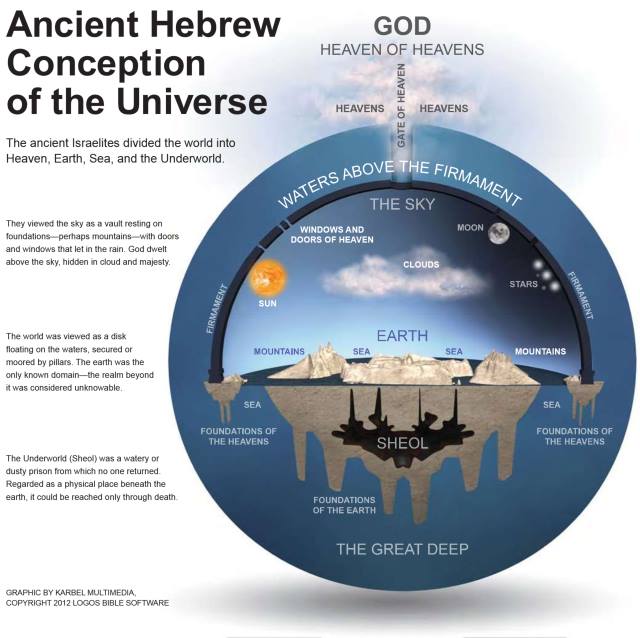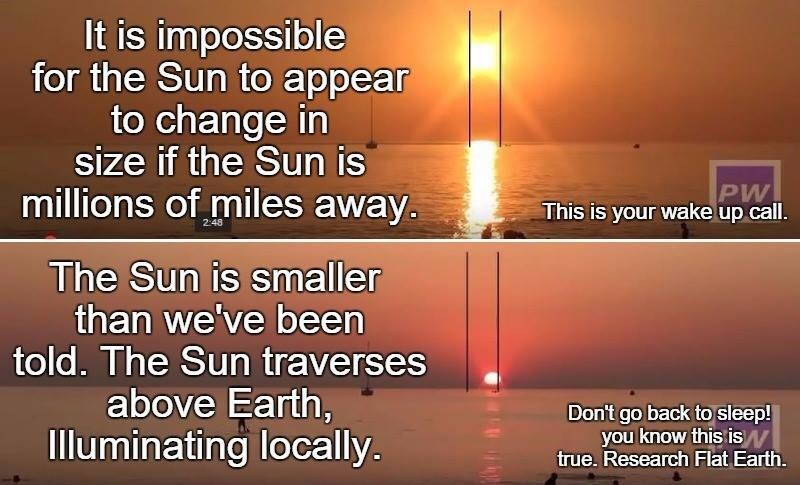On a cosmological scale the Earth can be approximated as a sphere. Indeed, if you consider the deepest depths of the Mariana Trench, and the heights of Everest, we are only looking at ~20km of vertical variation on a planet with a radius of 6371km. That's pretty smooth.
However, as well as this relatively low surface roughness there is also the deformation of the planet itself. There's a few effects here. Firstly, there's a fattening at the equator due to the earth's spin. Like a dancers skirt flies out as she spins, so the earth's middle is a little wider than it otherwise would be. This is why the earth can be described as an oblate spheroid - although bear in mind
this image is hugely exaggerated. Now, in reality if we measure the minimum radius at poles and the maximum radius at equator we find they each have values of 6,357 km and 6,378 km respectively. So about the same magnitude as the surface roughness.
Secondly, there is the fact that the Earth is geologically heterogeneous. That means that some areas are denser than others, meaning a variable gravitational field, meaning that some areas are held in a little more tightly.
This results in a more complex shape we refer to as the 'Geoid' (again hugely exaggerated). This is where the pear reference comes in (it's a bit longer at the North pole, and the South pole has a dimple)
Now, I want to you notice the scale on that last image. We are looking at vertical deviations of up to 80 m from the mean. On the basis of a 6371 km radius, that is a deviation from normal of about 0.001%








